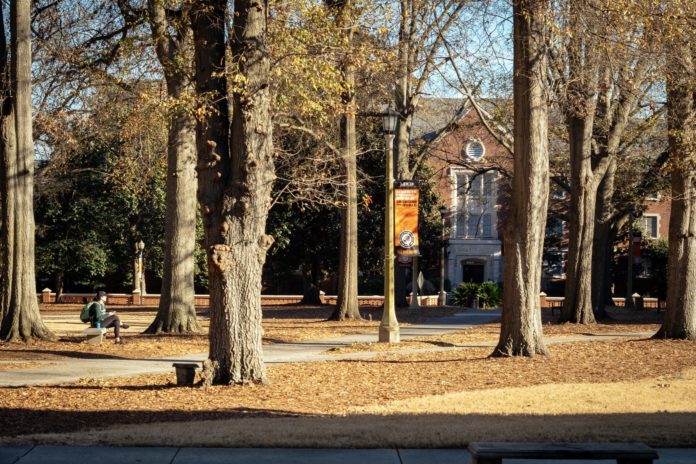Macon — A scientist leading a team of researchers at Mercer University School of Medicine has discovered pluripotent stem cells in adult humans. These adult pluripotent stem cells have an extended life span and can form a variety of cells and tissues from a single cell, attributes similar to embryonic stem cells. His findings may reduce the need for embryonic stem cell use, while advancing medical science in the areas of tissue engineering and gene therapy. He is funded in part by MorphoGen Pharmaceuticals, Inc., a San Diego company dedicated to the research and commercialization of adult-derived pluripotent stem cells.
The adult pluripotent stem cells discovered by Henry E. Young, associate professor of basic medical sciences and pediatrics, lie dormant in the body. In contrast to embryonic stem cells, which spontaneously form multiple cells and tissue types in the body, Young found that it was necessary to direct the normally dormant adult pluripotent stem cells into individual cell and tissue types, including neurons, skin, skeletal and heart muscle, fat, bone, cartilage, connective tissues, blood vessels, blood cells, liver and pancreatic islets.
“Other researchers have shown that adult stem cells residing in one tissue can produce other cells or tissues,” said Young. “For example, various types of stem cells found in bone marrow have been reported to form neurons, liver cells, cartilage, bone or fat. Other stem cells derived from neuronal tissues and skeletal muscle have been reported to form blood.”
Harvesting these separate stem cell populations could be painful to patients and difficult to isolate. The pluripotent stem cells isolated by Young are easy to collect from a patient’s skin, have an extended life span, and are not limited in the types of cells and tissues they can produce. Because these pluripotent stem cells can be isolated from an individual, manipulated to form virtually any tissue type, then returned to the same individual, the patient’s own cells could be used for transplant, avoiding the need for anti-rejection, or immunosuppressant drugs, or therapeutic cloning, in the case of embryonic stem cells.
As a basic medical scientist, Young’s work has been focused on laboratory studies, where he has isolated the pluripotent stem cells and experimented with them to see how many cell and tissue types they can generate. Collaborators throughout the country are beginning to put his findings into practice as they search for cures for neural diseases, such as Parkinson’s, heart disease, diabetes, and injuries to bone, cartilage and ligaments.
His studies have been published in a number of professional, peer-reviewed, journals, including the July 9 and 12 issues of The Anatomical Record.










